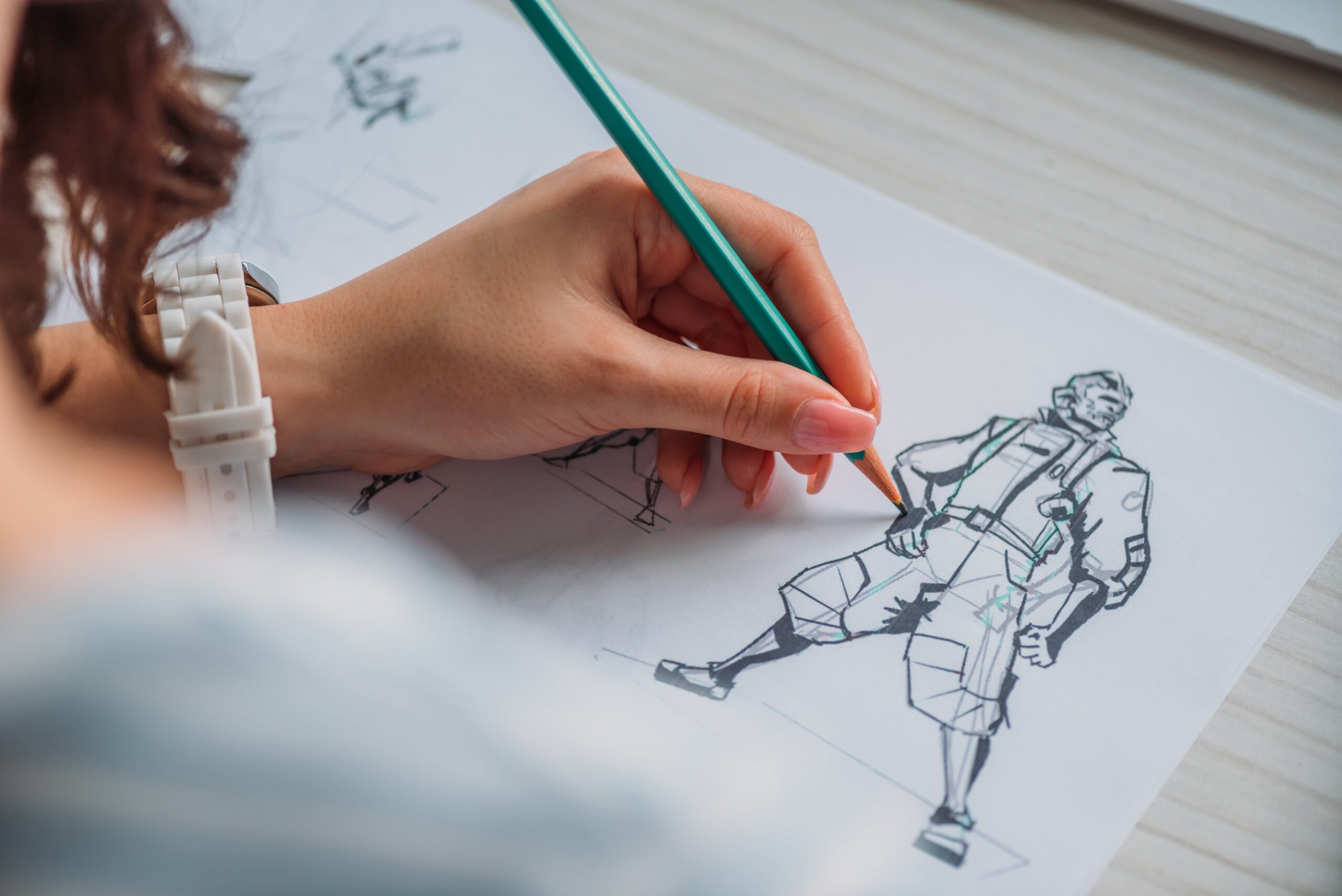Animation is a captivating art form that has the power to bring stories to life in ways that captivate audiences of all ages. Behind the mesmerizing visuals and engaging characters lies a complex and intricate process known as the animation production pipeline.
In this blog post, we will delve into the various stages of the animation production pipeline, shedding light on the behind-the-scenes magic that goes into creating animated films, TV shows, and video games.
Concept Development
The animation production pipeline typically begins with concept development, where the initial ideas for the project are brainstormed and refined. This stage involves creating the story, characters, and overall visual style that will set the tone for the entire production.
Concept artists play a crucial role in bringing these ideas to life through sketches, storyboards, and concept art that serve as the blueprint for the project.
Storyboarding
Once the concept is solidified, the next step in the animation production pipeline is storyboarding. Storyboards are a series of illustrated panels that visually map out the key scenes and sequences of the project.
They help the creative team visualize the narrative flow, pacing, and composition of each shot, providing a roadmap for the animators to follow during the production process.
Modeling and Rigging
After the storyboards are finalized, the focus shifts to modeling and rigging. In this stage, 3D modelers create digital assets such as characters, props, and environments based on the concept art.
These models are then rigged with a digital skeleton that allows animators to manipulate and animate them realistically. Rigging is a crucial step that determines how characters move and emote on screen, bringing them to life in a way that resonates with audiences.
Animation
Animation is where the magic truly happens in the animation production pipeline. Animators use a combination of traditional techniques and cutting-edge software to breathe life into the characters and bring movement to the scenes.
Whether it’s hand-drawn animation, 3D animation, or a mix of both, animators infuse personality and emotion into the characters, making them relatable and engaging for viewers.
Lighting and Texturing
Once the animation is complete, the project moves into the lighting and texturing stage. Lighting artists set the mood and atmosphere of each scene by placing lights, shadows, and effects to enhance the visual storytelling.
Texturing artists add surface details and textures to the 3D models, making them look more realistic and immersive on screen.
Rendering
Rendering is the process of converting digital assets and animation sequences into the final images that make up the finished product. This stage requires significant computing power to process the complex lighting, textures, and effects of the animation.
The rendering process can be time-consuming, but it is essential for achieving the high-quality visuals that audiences expect from animated films and shows.
Compositing and Post-Production
In the final stages of the animation production pipeline, compositors bring together all the elements of the project, including animation, effects, and backgrounds, into a cohesive and visually stunning whole.
Post-production tasks such as editing, sound design, and color grading are also completed during this stage to ensure that the final product meets the creative vision of the team.
Distribution and Marketing
Once the animation production is complete, the final step is distribution and marketing. This involves promoting the project through various channels to reach the target audience and generate buzz.
Whether it’s a theatrical release, TV broadcast, streaming platform, or video game launch, effective distribution and marketing strategies are essential for the success of the project in the competitive animation industry.
Career Opportunities in Animation
The animation industry offers a wide range of career opportunities for talented individuals with a passion for storytelling and creativity. Some of the top jobs in the animation field include:
- Character Animator: Character animators bring characters to life through movement and expression, creating performances that resonate with audiences emotionally.
- 3D Modeler: 3D modelers create digital assets such as characters, props, and environments using specialized software and artistic skills.
- Concept Artist: Concept artists visualize and design the look and feel of the project, establishing the visual style and tone through sketches and illustrations.
- Lighting Artist: Lighting artists set the mood and atmosphere of each scene by placing lights, shadows, and effects to enhance the visual storytelling.
- Compositor: Compositors combine all the visual elements of the project into a seamless final product, ensuring consistency and visual coherence.
- Storyboard Artist: Storyboard artists visually map out the key scenes and sequences of the project, providing a visual guide for the animators and directors.
- Rigging Artist: Rigging artists create digital skeletons for characters and objects, allowing animators to manipulate and animate them realistically.
- Texture Artist: Texture artists add surface details and textures to 3D models, making them look more realistic and immersive on screen.
- Animator: Animators bring movement and life to characters and scenes, creating dynamic and engaging performances that captivate audiences.
- Visual Development Artist: Visual development artists establish the overall look and feel of the project, from characters and environments to color schemes and visual motifs.
Conclusion
The animation production pipeline is a complex and multi-faceted process that transforms ideas into captivating visual stories. From concept development to post-production, each stage requires creativity, technical skill, and collaboration. Understanding this pipeline provides valuable insight into the hard work and dedication behind animated films, TV shows, and games.
With numerous career opportunities in the industry, aspiring animators have the chance to bring their creativity to life and make a lasting impact in the world of animation.
Key Takeaways:
- The animation production pipeline is a multi-stage process that involves concept development, storyboarding, modeling, animation, lighting, rendering, and post-production.
- Career opportunities in animation include character animator, 3D modeler, concept artist, lighting artist, and more, offering a diverse range of roles for creative individuals.
- Effective distribution and marketing strategies are crucial for the success of animated projects in a competitive industry.
Consider enhancing your skills and knowledge in the animation industry by enrolling in the NYU Animation Industry Essentials online course and certificate program offered by Yellowbrick. This program can provide valuable insights and practical training to kickstart or advance your career in animation.




